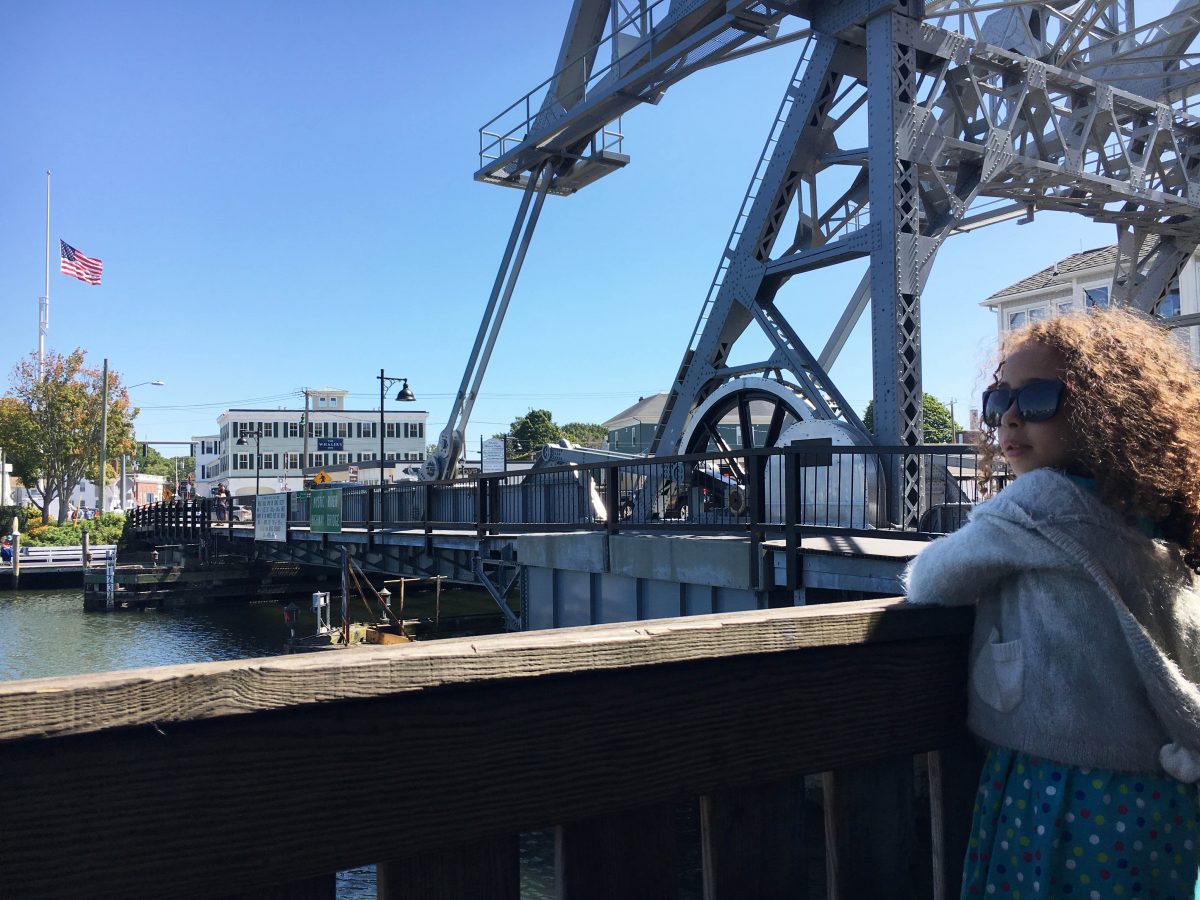

Details on shared and switched Ethernet can be found below. In addition, if you are on a switched Ethernet, rather than a shared Ethernet, you will also have to take action to ensure that all traffic in which you're interested is sent to the Ethernet adapter on the machine running the packet capture program that is not, by default, the case on switched networks, so attempts to capture on a switched network will, by default, see only traffic that the capturing machine would see when not in promiscuous mode. In order to capture Ethernet traffic other than Unicast traffic to and from the host on which you're running Wireshark, Multicast traffic, and Broadcast traffic, the adapter will have to be put into promiscuous mode, so that the filter mentioned above is switched off and all packets received are delivered to the host.
SHARK BRIDGE WINDOWS DRIVER
The driver for the adapter will also send copies of transmitted packets to the packet capture mechanism, so that they will be seen by a capture program as well. packets sent to that host on that network Īll Multicast packets that are being sent to a Multicast address for that adapter, or all Multicast packets regardless of the address to which they're being sent (some network adapters can be configured to accept packets for specific Multicast addresses, others deliver all multicast packets to the host for it to filter) The Ethernet hardware on the network adapter filters all packets received, and delivers to the hostĪll Unicast packets that are being sent to one of the addresses for that adapter, i.e.
SHARK BRIDGE WINDOWS SOFTWARE

See also Jasper Bongertz's Network Packet Capture Playbook, which gives more details about Ethernet capture. traffic between two or more other machines on an Ethernet segment, you will have to capture in "promiscuous mode", and, on a switched Ethernet network, you will have to set up the machine specially in order to capture that traffic. If you're trying to capture network traffic that's not being sent to or from the machine running Wireshark or TShark, i.e.

network traffic from that machine to itself, you will need to capture on a loopback interface, if that's possible see CaptureSetup/Loopback.) (If you're trying to capture network traffic between processes running on the machine running Wireshark or TShark, i.e. If you are only trying to capture network traffic between the machine running Wireshark or TShark and other machines on the network, you should be able to do this by capturing on the network interface through which the packets will be transmitted and received no special setup should be necessary. This page will explain points to think about when capturing packets from Ethernet networks.


 0 kommentar(er)
0 kommentar(er)
